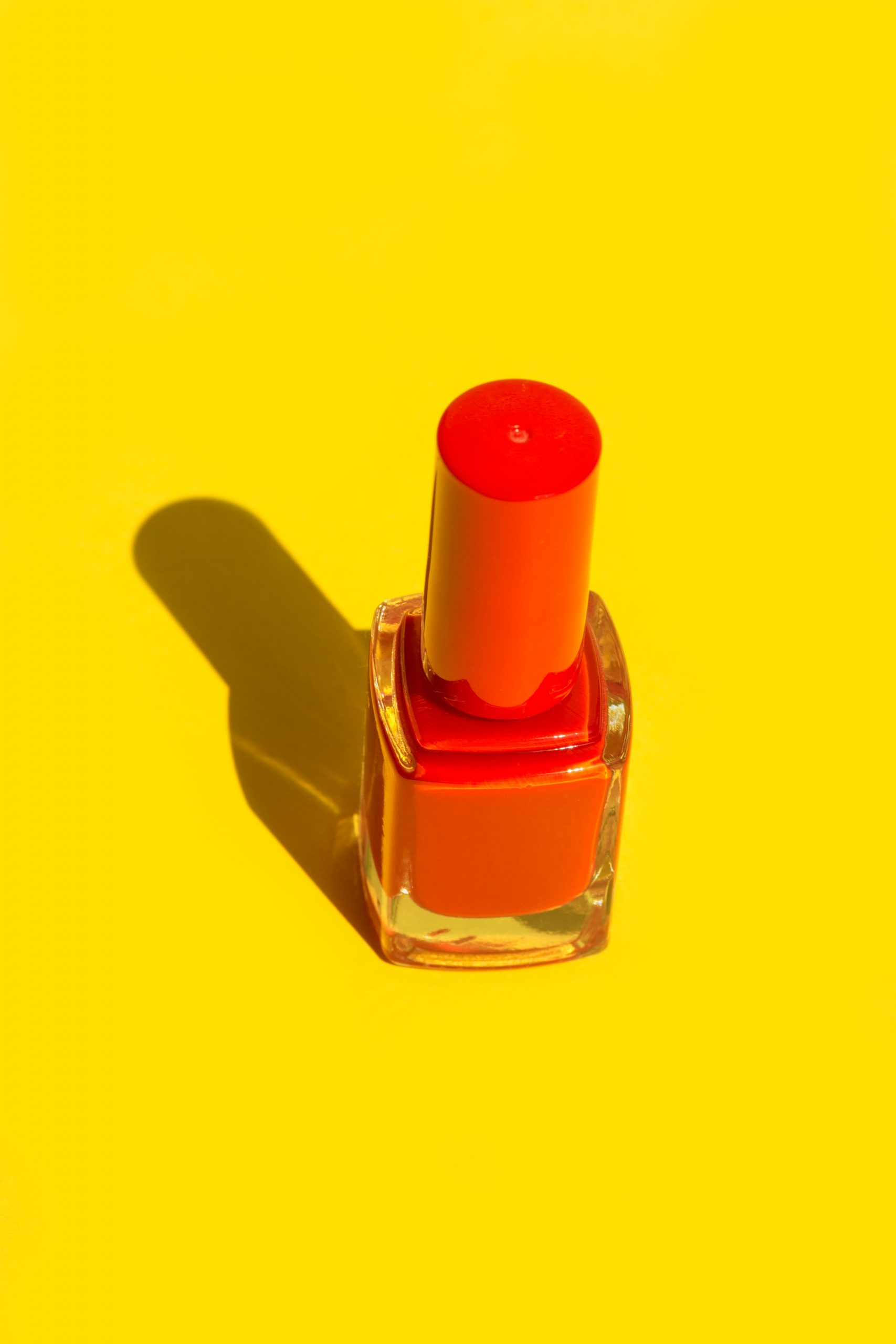Toxic Metals in Nail Polishes, But Not on the Labels.

Toxic Metals in Nail Polishes, But Not on the Labels
Antimony content exceeds guidelines in some new nail polish finishes, but is not disclosed as an ingredient in product information.
A new School of Public Health study is the first to evaluate metals in the new generation of metallic nail polish finishes, as well as on nail salon surfaces and in the bodies of nail salon workers.
Published in the International Journal of Hygiene and Environmental Health, the study identified toxic metals including antimony and aluminum in many of the sampled polishes, even though these polishes did not disclose them as ingredients.
While most polishes did not have metals at dangerous levels, the researchers found that some nail polish finishes had levels of antimony far exceeding cosmetics guidelines.
“These levels are not toxic themselves, but contribute to overall exposures to workers and consumers using nail polishes,” says study lead author Diana Ceballos, assistant professor of environmental health.
Ceballos notes that, in the past, cosmetics have been contaminated with toxic metals such as lead and cadmium. But in this study of newer polishes, “what we measured was reflecting intentionally added ingredients, used in pigments and colorants, that can be avoided,” she says. “Better policies are needed to oversee disclosure of ingredients in personal care products on these type of ingredients.”
Ceballos and colleagues gathered samples from 8 Boston-area salons (before the COVID pandemic), including 40 nail polishes, urine samples from 9 nail technicians, toenail clippings samples from 8 technicians, and 24 surface wipes from 3 of the salons.
In the nail polish samples, concentrations of some metals corresponded to colors and effects: Polishes with metallic finishes had higher levels of tin than those without, and red polishes had higher levels of barium and strontium than other colors.
Although none of the nail polishes disclosed antimony as an ingredient, the researchers found that 5 of the polishes had antimony concentrations up to 15 micrograms per gram. While the US does not have guidelines for antimony concentrations in cosmetics, Germany limits antimony to just 0.5 micrograms per gram. Antimony in polishes did not relate to colors or effects.
Aluminum, barium, iron, and magnesium were detectable in polishes that disclosed them as ingredients. However, the polish with the highest level of aluminum was a metallic finish that disclosed mica as an ingredient, rather than aluminum—although mica is known to sometimes contain aluminum. The nail polish with the highest level of magnesium was a neon finish that did not disclose any magnesium-containing ingredients.
The researchers found some of the metals detected in nail polishes and salon surfaces in the nail technicians, but at comparable levels to the general population. Still, Ceballos says, the metals found in nail technicians’ bodies did correspond with the products they work with, indicating that a good way to reduce levels of these metals in the general population would be to reduce or cut them from these products.
The study senior’s author was Thomas Webster, professor of environmental health. Co-authors included: Jessica A. Craig (SPH’20), who was a doctoral student in environmental health while working on the study; Melissa Miller (SPH’20), who was a masters student while working on the study and is now a research assistant at the Harvard T.H. Chan School of Public Health; and Anna S. Young, Joseph G. Allen, Aaron J. Specht, and Vy T. Nguyen of the Department of Environmental Health at the Harvard T.H. Chan School of Public Health.